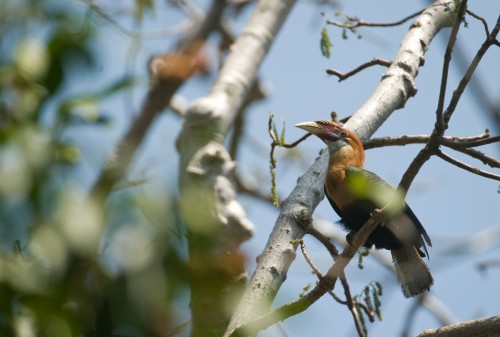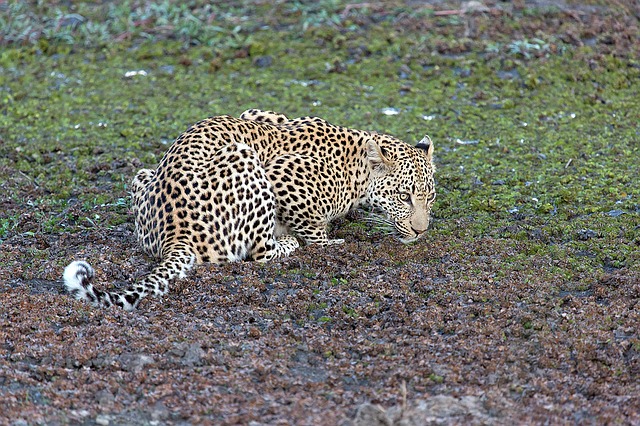 Finally Wildlife of India is getting some high-tech attention. A team of scientists have planned to use surveillance technology and Information Technology for creating a ‘Virtual Fence’ to prevent wild animals from straying into human habitation. The proposal has a holistic approach intended to monitor poaching and illegal activities. It is also aimed to protect both man and wild animals.
Finally Wildlife of India is getting some high-tech attention. A team of scientists have planned to use surveillance technology and Information Technology for creating a ‘Virtual Fence’ to prevent wild animals from straying into human habitation. The proposal has a holistic approach intended to monitor poaching and illegal activities. It is also aimed to protect both man and wild animals.
The team for this unique project comprises of scientists from Indian Institute of Science (Bangalore), Wildlife Institute of India(Dehra Dun), Indian Institute of Information Technology (Allahabad) and a few from US Universities who are collaborating to protect forest and wildlife.
The Panna National Park in Madhya Pradesh has been identified as a pilot project for this purpose. Team leader Professor M R Radhakrishna of IIIT- A believes that the park can be an idle location to judge the feasibility of the project as there is only one village within the park area and the rest are located in the fringes that need to be prevented from wild animals sneaking in.
What is the Virtual Fence project?
The project comprises of three key components; the VF or the Virtual Fence, TS or Trail surveillance and FPM or Forest Patch Monitoring. It is aimed at providing a holistic approach, solution, in protecting wildlife and forests.
Radhakrishna said, “Scientists from Ohio and Cornell Universities are also working on the project. The complex part is how to differentiate between various types of sounds in a forest setting, where several sounds get generated at the same time. Can we be able to detect the difference between rustling of leaves and cutting of trees? That is the question.”
He also stated that the VF component would involve a system wherein animals straying out would be driven back to their habitat. TS component was intended to track the movement of animals and the FPM component would alert any illegal activity taking place in the area. More importantly, the system would helps save lives of animals which may stray on to highways and rail tracks and get killed by speeding vehicles.
Dr. Tiwari Director of IIIT-A, explained how the surveillance system was based on ‘Motes’ which are nothing but highly developed sensors, which can detect sound at minutest levels. These sensors can also trace the movement of animals using thermal energy.
“Under normal circumstances, when villagers come to know about an intrusion of an animal, they generally beat drums and light torches to drive it back into the forests. We want the VF to be able to generate such sounds and light so that the animal does not cross over into human habitations. It is not going to be a linear system and we will have to integrate many complex aspects,” added Radhakrishna.
Indeed the project is complex but challenging. Presently,it is awaiting formal sanction by the Department of Information Technology, Government of India. Though the proposed project is sanctioned with a budget of over Rs.3 crore and a time frame of two years, it may take 3 years to complete, considering the intricate nature of the project.
If this project succeeds, it would allow wild animals to sustain within their boundaries and do not meet unfortunate deaths at the hands of man. Threat to livestock and to the harvest can be reduced to a great extent too. Thus it will be a great tool in protecting wildlife as well as reducing their conflict with humans.
Related Stories:
India’s Claim of Increased Forest Cover may be False
Oxford Researchers to Map Religious Forests
Leopard Rescued from a Pipeline in Gujarat
Article reference: Express India









